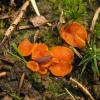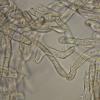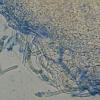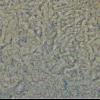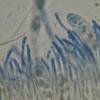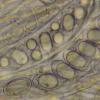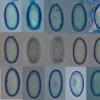
02-12-2025 18:59
This pair of ascos 2.5cm across were on recently b

02-12-2025 19:25
Buckwheat PeteHello, can anyone identify this hairy fungus growi

30-11-2025 12:53
 Edvin Johannesen
Edvin Johannesen
White short-stipitate apothecia found on thin twig

30-11-2025 10:47
 William Slosse
William Slosse
I recently found a collection of small Peziza sp.

27-11-2025 12:01
Thomas Læssøehttps://svampe.databasen.org/observations/10496727

27-11-2025 11:46
Thomas Læssøehttps://svampe.databasen.org/observations/10493918

17-09-2025 10:50
Heather MerryleesHi there!I am hoping for any advice on the identif

29-11-2025 08:40
 Andreas Millinger
Andreas Millinger
Hello,on a splintered part of a branch on the grou

28-11-2025 16:45
Nogueira HéctorNovember 23, 2025 Requejo de Sanabria (León) SPAI
 Hello,
Hello,I got this nice asco and I am not sure if my determination is good:
Apothecia up to 7 mm diam, on soil among mosses in wet forrest, mostly Picea around. I don't know how to recognize from exsiccate if it is bryoparasite or not.
Receptacle is in exsiccate pale orange and visibly hairy.
Hairs ca. 6,6–9,4 ? thick (in LACB), hyaline, thickwalled, obtuse, superficial. Ectal excipulum of t. intricata (probably, didn't see it clearly), medúlla t. intricata.
Asci IKI-, contents colored goldbrown in IKI.
Paraphyses filiform, almost not enlarged at apex, straight or slightly curved.
Spores elipsoid, alive probably with two middle-sized guttules, now mostly one big LB, (18.3) 19.2–20.8 × (9.5) 10–11.3 (11.7) ?. In water they look smooth, but in LACB there's very fine ornamentation of short curved lines, sometimes anastomosing. It's very incomplete, mostly only at poles, or just a few lines across the spore, and I observed it only on some spores. At first, I thought the spores are not ornamented but just wrinkled due to LACB and collapsing.
I think it might be Neottiella aphanodictyon (not completely mature), because of the excipulum structure, hairs and ornamentation. Or is there another (better) match?
Thank you in advance.
Tori
Oui,il semblerait bien que votre espèce corresponde à Neottiella aphanodictyon = Leucoscypha borealis d'autant que la mousse visible sur la photo semble être une polytrichaceae.
L'espèce est peu courante et les spores sont très finement ornées de lignes formant une sorte de réseau incomplet
Gilbert

